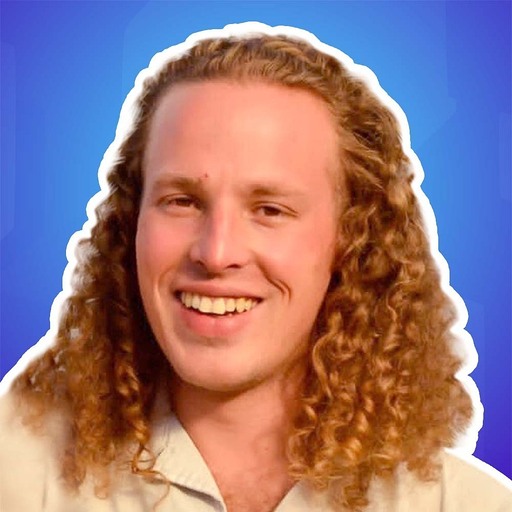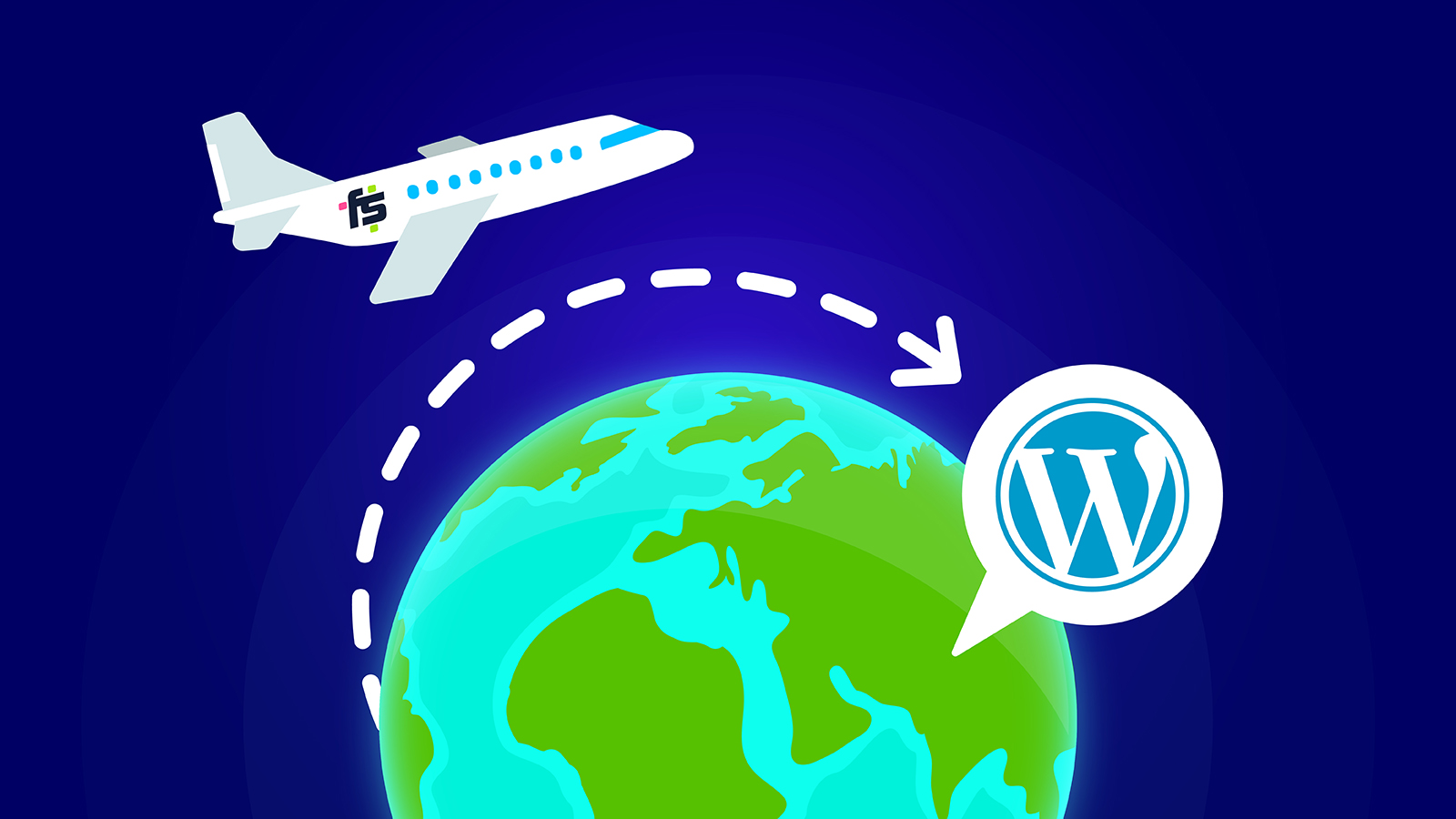|
|
If you’ve been struggling to make sense of what’s been going on in the SEO world lately, you’re not alone.
Keeping up with standard problems like dealing with the rise of zero-click search (a search result where the user’s query is answered directly on the search results page, eliminating the need to click on any external links), fixing technical issues, and battling it out with competitors who are after the same traffic and rankings as you is demanding enough — right?
Well, I have some more bad news for you: lately, Google has been on a mission to make SEO even harder.
Let’s get into it.
Google’s Significant New Algorithm Changes are Forcing Lots of People to Rethink Investing in SEO
Google search is changing all the time, which isn’t news to anyone. Throughout 2022, Google implemented a staggering 4,000+ modifications to its search ecosystem, ranging from overhauls to its ranking systems to refinements in user interface elements.
Simple math tells us Google is making approximately 13 changes per day.
While the majority of these changes are minor, the true challenges arise when Google rolls out updates to the algorithm.
These updates have the potential to wield significant influence, leading to massive shifts in rankings, traffic patterns, and — ultimately — revenue generation for all types of digital businesses.
In 2024 alone, Google introduced three big updates to the algorithm 😵💫:
- March 2024 Core Update: This brought significant algorithmic changes, impacting many websites and even leading to the deindexing of some from Google Search.
- Update to Address Spam and Low-Quality Results: Google implemented updates to low-quality, unoriginal content in search results by 40%.
- Algorithm Changes to Improve Search Result Quality: The March 2024 core update also included changes to improve search result quality as well as new spam policies.
This left many site owners in disbelief, struggling to understand how to adapt to the new SEO landscape and retrieve lost search traffic.
Unfortunately, Google decided this was still not enough 😑 and officially rolled out AI Overview! 🤯
This new section occupies a significant portion of the valuable SERP real estate and is wreaking havoc on search rankings primarily because Google has decided to push its AI-generated responses to the top of the search results page, which is making it impossible for you or any other website owner to claim top positions in search for valuable keywords.
Like many others who depend on search traffic to grow their business, software makers are reevaluating whether it still makes sense to pour limited resources into SEO.
They’re also considering other channels as better options for marketing products and growing audiences.
To provide legitimate guidance and help you make the right decision about continuing to invest in SEO — and, if so, how — we talked to two SEO and content marketing experts: Zac Harris, former Head of Demand Generation at Copy.ai and current Founder at Rankd, and Goran Mirkovic, CMO at Freemius.
Is It Time For Software Makers to Stop Investing in SEO?
Let’s get this out of the door early.
The short answer: IT DEPENDS.

We still believe SEO is a viable marketing channel for software businesses. However, since the landscape is drastically changing, software makers must update their playbooks and start to think of SEO ROI differently.
Allow me to explain.
From a Value Perspective: It’s Time to Think Beyond Direct Traffic and Rankings
The rollout of AI Overview is going to continue to fuel the zero-click searches trend. Software makers better start measuring the ROI of their SEO efforts differently. Looking at clicks and rankings only is no longer sufficient.
Goran, an SEO and content specialist with broad international experience, says SEO can still help define your software’s footprint in the industry and create demand for your product by building authority on topics that interest your target audience.
Goran also adds that, among all the changes, SEO continues to be particularly helpful for primary communication with your target users as it raises awareness around the problem they’re facing.
SEO doesn’t only affect your website traffic. It also affects the quality of your brand — how people perceive you and how you present your expertise, which equals brand authority. In the long run, this is far more valuable than ‘quick win’ clicks from paid ads.
Purchasing software often requires deep online research, cost-benefit analysis, etc. This makes SEO crucial for organic discovery as the buying decision isn’t impulsive like with some traditional industries like retail where you would buy shoes just because they look cool and match your style.
For SaaS businesses — where the purchase is often a long-term commitment — SEO is an excellent channel to deliver useful content to your audience. It also helps to build trust from problem recognition to post-purchase customer retention and relationship building.
Zac cites Copy.ai as an example:
If you’re a B2B software business like Copy.ai, you could build out tools and templates and scale content throughout the funnel — this works really well”. Different writing templates and free tools cater to different audiences and anyone needing help with content creation at different stages of problem awareness.
By optimizing content for search at each of these stages, Copy.ai helps its audience discover and test its product, leading prospects down the marketing funnel, and, hopefully, converting them into customers.
Makers can do the same for their business if they start to think about SEO more holistically.
SEO is Evolving and Our Playbooks Need to Do the Same
According to Zac, the smartest route to take with SEO is to forge your own path and not copy other businesses and their strategies — which he’s seen happen many times.
Software businesses approach him because of his success with Copy.ai, which gets up to a million clicks a month and crushes the SEO game. Naturally, people want to implement Zac’s strategy in their business.
This may not be a good idea…
What software makers can do instead is laser-focus on their own products.

“You don’t need to mimic other businesses,” Zac says. “Internally, companies — as well as their goals and their target audiences — are all different. So, focus on the people you serve and think about how you can get in front of them. Ask yourself what they’re searching for online, etc. You can’t just copy and paste someone else’s SEO strategy.”
Authority and Trustworthiness: The Key Ingredients of Any New SEO Strategy
“I think it may be harder from here, based on what we’ve seen over the last couple of months and what’s currently ranking,” says Zac. “Google is surfacing what they deem to be high authority, trustworthy sites. Unfortunately, a lot of small businesses won’t make the cut,” Zac says.
This doesn’t mean becoming an authority in your niche is unattainable. But it will require more time and focus on understanding the people whose problems you’re solving and what they’re looking for when browsing.
Goran believes that while these changes do influence search behavior and affect traffic distribution across the web, the overall search demand will remain fundamentally unchanged. So will people’s purchasing behaviors and revenue generated from SEO.”
Essentially, you’re still dealing with the same searchers (your target audience) even if attributing marketing outcomes to SEO and navigating new additions to search becomes harder.
But ranking won’t only depend on getting people to click on your site. It will also depend on attracting “successful clicks” where users are compelled to stay because of great content and good UX.
Strategies for Navigating the Changing SEO Landscape
Even though SEO is constantly changing, one thing remains unchanged: writing for people trumps writing for search engines. Keywords are just one piece of the SEO puzzle, and instead of prioritizing keyword-focused content, we need to focus on what users are looking for.
Answering the Search Intent
As mentioned, Google may apply new algorithm updates almost daily, but we’re still dealing with the same target audience. We need to create content that solves real issues and answers real questions. We can only do that if we understand the real “why” behind a user’s search.
Search intent is and will be the most important thing when it comes to making SEO work. Knowing what users want, optimizing for them first, and the algorithm will catch up eventually and reward us for investing in original thinking, original research, and relationship building.
— Goran Mirkovic (@ClemmRusty) June 11, 2024
As search engines increasingly prioritize user experience, fulfilling user needs on each of the pages is more important than ever.
Content that aligns with search intent provides users with the information they seek, which keeps them on your page longer, sending positive signals to search engines and boosting your ranking.
Consequently, when users find the answers they need on a specific site, they’re less likely to bounce and visit competitor websites. This helps with lead generation and improves conversion rates.
Providing valuable, relevant information increases brand visibility and establishes us as experts in our field, which increases trust in our knowledge and experience. And trust makes all the difference when selling software!
Makers can leverage tools like Ahrefs or Semrush to find long-tail keywords and search phrases that have clear user intent. These can be problem-focused (“how to manage multiple projects”) or solution-oriented (“best project management software for freelancers”).
Also, makers need to pay attention to search suggestions and the “People also ask” sections on Google to understand the specific questions users have and how they relate to the targeted keywords.
Subscribe and grab a free copy to start Mastering SEO on the WordPress.org Repository
Make the WordPress.org search algorithm work for you with actionable tips to rank your plugin higher.

Topic Clusters and Content Pillars
Instead of creating all-encompassing, long pieces of content containing everything there is to know about a topic (i.e. ultimate guides), makers can aim to create topic clusters and pillar pages.
Imagine your website as a software library: well-organized and easy to navigate. Topic clusters and content pillars structure your content around broad themes (pillars) with interlinked subtopics (clusters). This SEO approach can help establish your brand as a thought leader in a specific niche.
For example, if you’ve built project management software, you can create a content pillar page on a core topic, like “Project Management for Beginners”. Within this pillar, develop subtopic clusters like “Best Time Management Techniques” or “Common Mistakes in Project Management”
Interlinking these subtopics with the pillar page creates a comprehensive knowledge base for your target audience, proving your expertise in project management software.

Authentic (EEAT) Content
In 2022, Google introduced another “E” to its well-known E-A-T framework (Expertise, Authoritativeness, Trustworthiness): Experience, which gives priority to content based on the author’s first-hand knowledge of the subject matter.
This further implied that creating authentic content with tested and unique insights, instead of regurgitating what’s already on Google, held bigger value for users — and your rankings.
For software makers, this is good news. Experience-based content is ideal for product comparisons and reviews, which is an important part of your content strategy (if you’re relying on content to bring new users through the door).
So, what can you do to align your content with the E-E-A-T framework?
- It can be authored by individuals with proven experience and knowledge in your space. Include author bios highlighting their qualifications and relevant projects to showcase firsthand experience.
- Back up your claims with data, research, reputable studies, industry reports, and expert opinions to boost your content’s authority.
- Create blog posts that show how you achieved something, rather than simply telling your audience, “Here’s how to do X”. You canalso include authentic visuals to illustrate your point.

Original Ideas, Insights, & Data
Dry, encyclopedic content doesn’t cut it anymore. In the age of AI, content that’s simply informative is becoming obsolete. The new gold standard is unique perspectives shared through persuasive storytelling and original data that can’t be found elsewhere.
The new gold standard is unique perspectives shared through persuasive storytelling and original data that can’t be found elsewhere.
This doesn’t mean you need to conduct comprehensive research you don’t have the resources for. A simple social media survey is sufficient to collect data that you can turn into valuable insights. You can also share your own expert opinion, especially if you’re able to challenge popular beliefs with a fresh, compelling perspective.
Rich content like this is much more likely to get noticed by respected industry figures and featured in renowned publications. This puts your content in front of your target audience and opens a whole new distribution channel for your software business.
Diversified Content Distribution
When you think of SEO, Google usually comes to mind. But is it the only platform you can optimize your content for?
Of course not! Don’t put all your eggs in one basket, especially when the basket keeps changing the rules about which eggs to place on top.
Consider YouTube, which can be ideal for distributing informative and engaging video content optimized for relevant keywords. For example, you can make explainer videos demonstrating your product functionalities while targeting keywords like “how to manage projects effectively”.
The power of email marketing remains strong, too — over 80% of small businesses claim that email is their primary acquisition channel. A newsletter is a related content distribution channel that allows for a personal way to communicate with your audience.
While a newsletter won’t directly improve your SEO ranking, the website traffic, brand awareness, and potential backlinks generated by a strong strategy can all contribute to a more well-rounded SEO approach.
Content Optimized for Zero-Click Searches
Zero-click searches end with exactly that — zero clicks on the SERPs. This is because the user can get the information they need without clicking on any results, like contact details for a local business.
For more complex (and typically informational) searches, Google may address a query with a featured snippet at the top of the results page. Even though getting a featured snippet won’t bring you more traffic, it can boost your online visibility and further establish your reputation as a thought leader.
There are no tactics to guarantee a featured snippet, but here’s what you can do to increase your chances of getting one:
- Keep the answer concise (around 50-70 words).
- Make sure there are no typos or grammatical errors.
- Provide a direct answer to the query. For example, if the query is “top features of customer support tools”, you need to provide a list of these features right after the corresponding heading in your blog post.

Did you notice something most of these tactics have in common?
In 2024, SEO is all about YOU. Why should your audience trust YOU? How can YOU help them? Authentic, original content talks directly to your audience and solves their problems thanks to your know-how and experience. In the rapidly growing era of AI, the best content is still human-centered and can’t be replicated by machines (at least not so easily 😉).
Don’t Give Up on SEO — Double Down on It
The world of SEO is evolving, but don’t be overly concerned. In fact, it may be good news for software makers who operate solo or in smaller teams. As Goran puts it:
“Optimizing content for audiences is an opportunity for smaller players with real-world experience to win over a good deal of relevant traffic and authority from behemoths still repackaging the same old content.”
Create relevant and helpful content that’s visible to search engines and build relationships to help you distribute and amplify your unique ideas and solutions.
It may take some time until you see the first SEO-driven leads in your pipeline, but they’ll be worth the wait and the effort.
Did you enjoy these expert insights? Get even more tips in our Marketing Handbook for Developers or listen to Rand Fishkin talk about SEO, digital PR, and more on our plugin.fm podcast.









